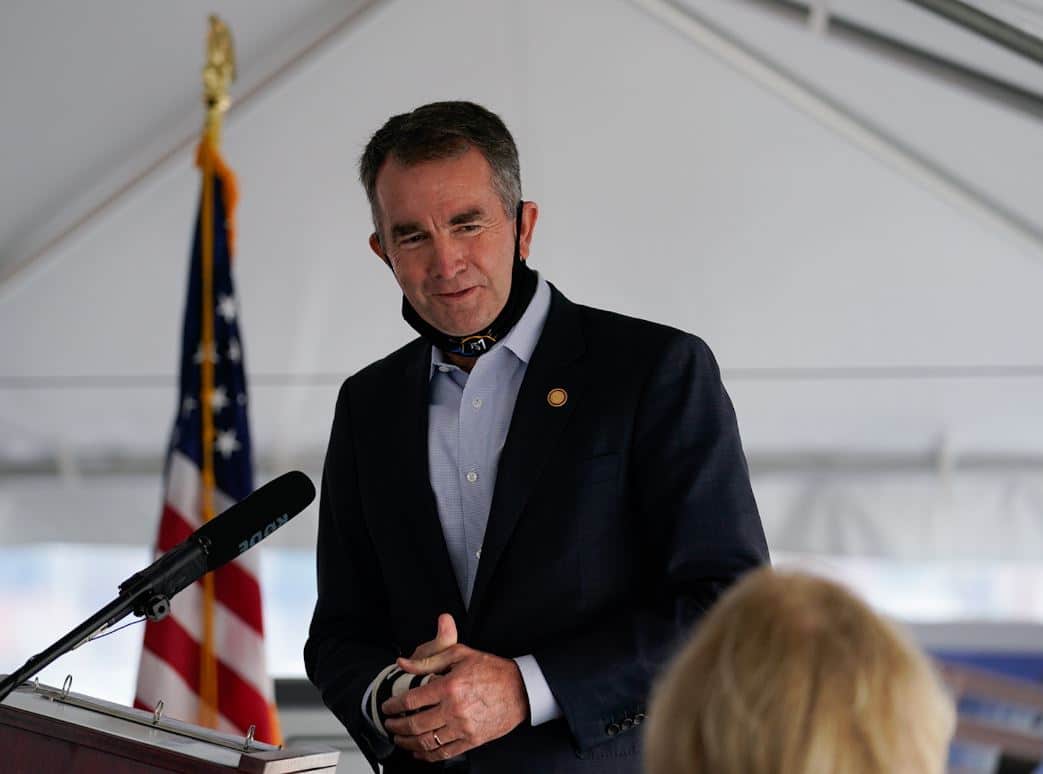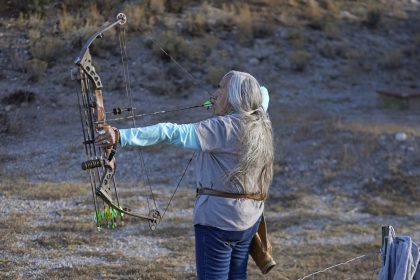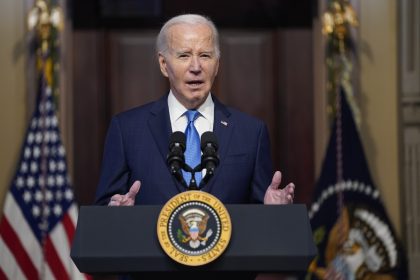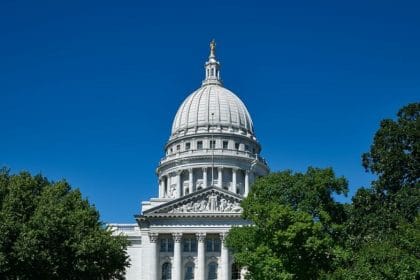Virginia Modifies Guidance for K-12 Reopenings Amid Pandemic

Recently, Virginia officials released an updated revision of the state’s interim guidelines for reopening K-12 schools in a letter sent to Virginia educators and public health officials. The move comes one day after the Centers for Disease Control published a new study indicating that K-12 schools do not appear to lead to increases in COVID-19 when compared with areas that have online-only learning.
According to the letter, “The Virginia Department of Health and the Virginia Department of Education recommend that schools use the CDC Indicators for Dynamic School Decision-Making framework together with the VDH/VDOE Interim Guidance to assess the risk of introduction and transmission of SARS-CoV-2 in schools, to help inform decisions about school operations, and to implement necessary mitigation strategies.”
Among the key updates to Virginia’s interim guidelines for K-12 reopenings include:
- Consideration of the “Level of School Impact,” for schools that previously have been open for in-person instruction. This includes a description of how schools can assess the level of COVID-19 impact to a particular school.
- A decision matrix to help decision makers understand how to consider multiple factors in decision making.
- A step-by-step guide to thinking through school program decisions and the factors to consider.
When considering the “Level of School Impact” for schools and local communities, the VDH and VDOE advise that educators and health officials take multiple factors into consideration for reopening.
Among those factors are the varying degrees of possible transmission of COVID-19, which in turn can impact other factors such as student absenteeism and staffing capacities.
To properly assess these “Level of School Impact” factors, Virginia officials advise that decision makers should only consider reopenings for schools that have already offered some degree of in-person instruction.
Additionally, officials emphasized that, “Schools should collaborate with local health departments on contact investigations. Depending on the level of COVID-19 transmission in the school and outbreak status, public health may recommend adjustment to mitigation strategies.”
The interim guidance later suggested that, “In some circumstances, public health may recommend temporary closure of school/remote learning for a short period of time to control transmission before re-opening.”
Besides considering the level of impact that reopening schools can have, the guidance recommends that decision makers should assess how well their respective school and communities can implement the CDC’s mitigation strategies in keeping students, parents and staff safe from COVID-19.
According to the guidance, key CDC mitigation strategies that decision makers need to keep in mind include:
- Consistent and correct use of wearing masks;
- Social distancing;
- Maintain proper hand hygiene and respiratory etiquette;
- Cleaning and disinfecting of frequently touched surfaces;
- Contact tracing in collaboration with local health officials;
- Preparation when someone falls ill;
- Communication plans in the event of possible infections and outbreaks, as well as providing explanations for mitigation measures.
Towards the conclusion of their letter, Virginia officials warn educators and health officials of the potential risks of choosing not to reopen K-12 schools.
“As local school and health leaders evaluate and adjust instructional offerings in 2021, they must carefully balance the risks associated with operating during a pandemic and the long-term effects of students not attending school in person,” reads the letter.
Continuing on, Virginia officials admit that, “Even when a school carefully plans and prepares, during a pandemic, cases of COVID-19 still may occur.
“It is not possible to eliminate all risk of disease in community settings, such as schools. Students and staff most at risk of serious complications from COVID-19 should continue to have remote learning and working options.
“But the risks of not opening schools need to be carefully considered and given proper weight,” emphasized officials.
“Long-term school closures as a mitigation strategy for COVID-19 transmission may cause inadvertent harm to children; for example, children who do not have in-person instruction may suffer learning loss with long-term effects, mental health issues, or a potential regression in social skills.”
The associated risks of prolonged school closures were taken into account with the interim guidance’s decision matrix, which exhibits a range of instruction modalities according to levels of community transmissions, as well as levels of school impact and mitigation implementation.
While maximum in-person instruction is the ideal modality under low levels of community transmission with low level impact on school reopening and proper fulfillment of mitigation strategies, the matrix suggests that if maximum school occupancy is not possible, then “priority learners” should be prioritized for consideration of going back for reopenings
According to the matrix, priority learners are students who would most benefit from in-person instruction, including but not limited to, “those who are early learners, students with disabilities and English learners.
“It is generally thought that these groups are the most disproportionately impacted by the negative impacts of a lack of in-person instruction,” added the guidance.
Full details of the guidance’s recommendations for Virginia decision makers can be found online, along with the recent letter sent by Virginia officials announcing the updates.
























